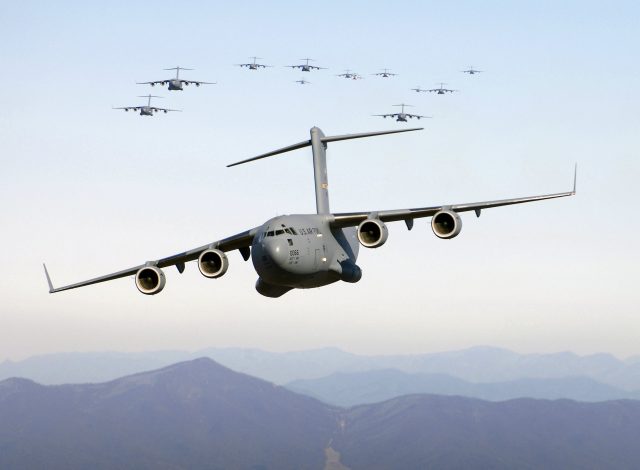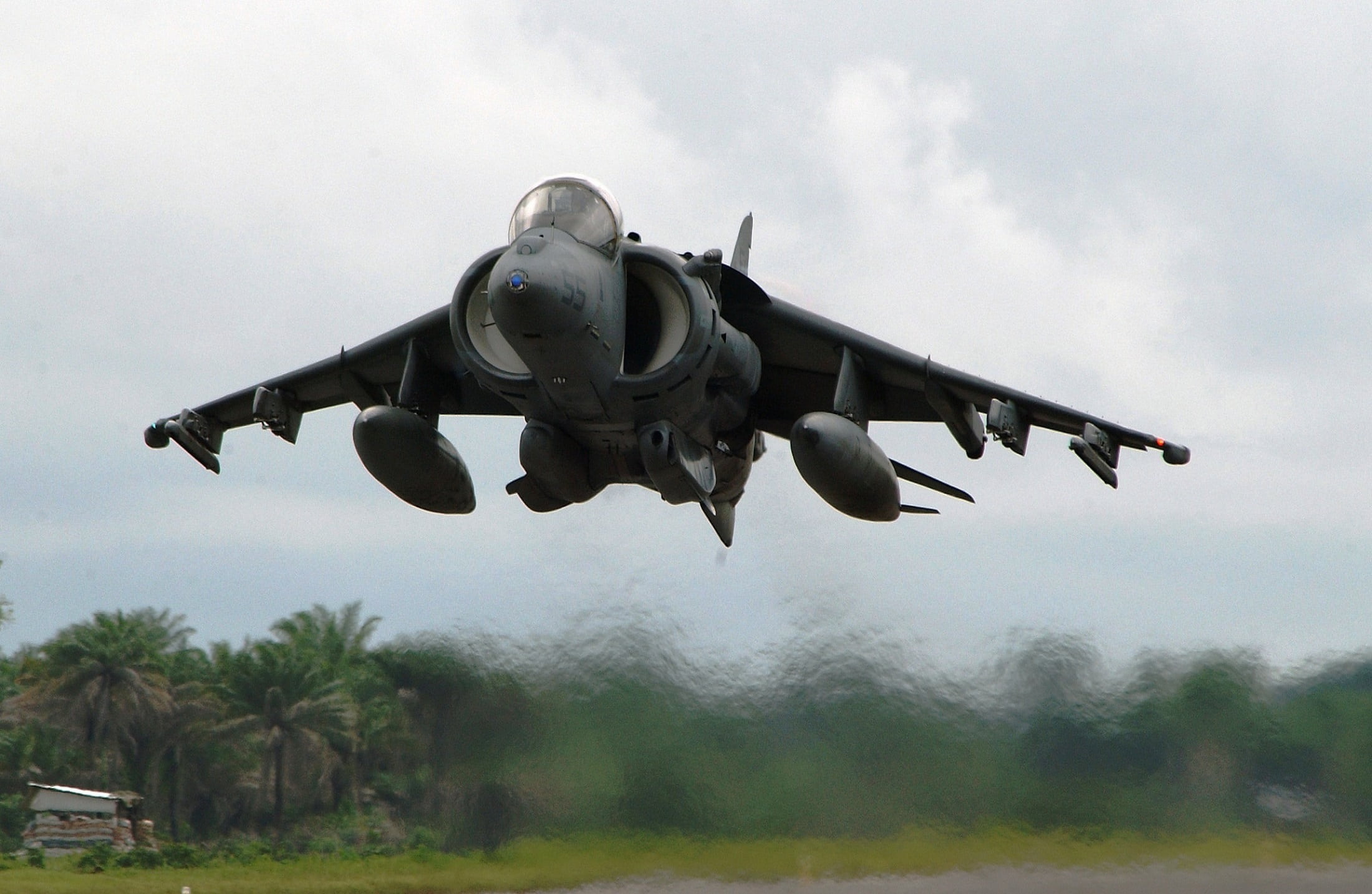
Some 90,000 troops, 50 ships, 80 aircraft, more than 1,000 armoured vehicles, as well as drones and submarines, are taking part in an exercise from January to May in which the North Atlantic Alliance is testing its ability to respond to a possible attack by the Russian Federation on an ally. Steadfast Defender 24 is the largest NATO exercise since the fall of the Berlin Wall and can be seen as a show of force, designed to deter a possible attack by “an equal adversary”.
“A new era of collective defence is ahead of us,” said Admiral Rob Bauer, NATO’s military chief, at one of the planning conferences.
In the decades since the end of the Cold War, Allied forces have not faced large-scale armed conflicts. So NATO has dramatically reduced its conventional and nuclear forces and cut spending, moving from territorial defence, including forward defence, led by large, heavy formations, to crisis response based on expeditionary capabilities – more easily deployable, smaller and lighter units. The geo-political and military context has changed with the Russian Federation’s attack on Ukraine, requiring a radical adjustment of the Alliance’s military response mechanisms. The NATO summit in Vilnius last summer adopted “the most important transformation of NATO’s military doctrine in half a century”, according to NATO deputy secretary-general Mircea Geoană. It takes the form of an integrated strategy, which brings together regional and national military plans and provides for a number of changes in combat units. In response to Moscow’s recent challenges – hybrid activities, conventional and nuclear military threats, and the so-called Anti-Access/Area Denial (A2/AD) concept – actions to deny access to Alliance states particularly in the Black Sea – NATO has taken a number of steps to respond effectively. One of these has been the tripling of the size of the NATO Response Force (NRF).
Defence plans agreed at the Vilnius Summit call for 300,000 troops and hundreds of ships and aircraft to be kept on standby. According to NATO deputy secretary Mircea Geoană, these are the “most robust” defence plans since the end of the Cold War, so NATO is capable of deterring “any enemy” and defending “every square inch of our territory”.
“We will strengthen our collective defence, in particular our anti-air and missile defences,” the official said after the NATO Military Committee meeting on January 17th, according to digi24.ro.
The NATO deputy secretary-general said NATO’s rapid reaction force now has a “greater” number of troops on standby and that the Alliance also has greater military capabilities and more effective command and control systems.
“All capabilities are being tested in alliance military exercises,” the NATO official said.
Steadfast Defender 24 aims to exercise NATO and national interlocking defence plans, putting into practice the new defence plans agreed in Vilnius. It is also testing how US troops can reinforce European allies in countries on the border with the Russian Federation and on the alliance’s eastern flank. Russia is not mentioned in the NATO communiqué announcing the exercise, but in its new strategic concept, 2022, it has been identified as the most significant and direct threat to the security of allies. Exercise Steadfast Defender will be conducted under Article 5 of the NATO Treaty, which provides for Alliance intervention in the event of an attack on an ally. The largest forces will be provided by the United States, the United Kingdom and France, which will participate with a record number of troops, more than 20,000 each.

The Steadfast Defender also includes alliance candidate Sweden. Romania is participating with troops deployed in Poland and staff officers. The exercises started on January 22nd and will be linked up with other exercises from Norway to Romania by May. Poland , as well as the Baltic states – considered most at risk of a potential Russian attack – will be the main locations for the exercise, with Germany acting as a major centre for consolidation and coordination, where the meetings will arrive. Some elements of the exercise, however, are scheduled to take place throughout the Nordic region, including Sweden, which is not yet a member. Other Central and Eastern European countries, such as the Czech Republic, Hungary and Northern Macedonia, will also be involved.
NATO exercise scenario: Poland and the Baltic states attacked from the east
Under the scenario, allied countries will send their military to defend Poland and the Baltic states, which could be attacked from the east. The manoeuvres will involve 50 ships, 80 aircraft platforms, including F-35s, more than 1,000 armoured vehicles and an unspecified number of drones and submarines. Britain will deploy a group of ships to be led by an aircraft carrier. The exercise is divided into two phases, the first to see if the US can deploy large numbers of troops and equipment to Europe to operate in defence, and the second – the one that will show if NATO can truly defend its Eastern Flank.
According to NATO’s announcement, the aim is to see if it can “deploy and sustain complex multi-domain operations over many months, over thousands of kilometres, from the far north to Central and Eastern Europe and under all conditions”, as this would be the kind of warfare that could be expected if Russia attacked.
In April, Romania will lead one of the exercises linked to Steadfast Defender – Sea Shield – a maritime exercise testing the coordination of naval operations by 16 allies. The exercise aims to improve the way these units work together effectively in both planning and execution. It is also a test for the alliance’s Very High Readiness Joint Task Force (VJTF), which was created in direct response to Russia’s annexation of Crimea in 2014. Nine Alliance member states are contributing troops to the rapid reaction force, which has a ground force of about 6,000 soldiers.
Command of the VJTF, held on a rotational basis, was taken over on the 1st of January by the UK, which is participating with a light mechanised brigade. This “spearhead” of the Rapid Reaction Force (VJTF), led in 2022 by France, was deployed for the first time in Alliance history, on the 26th of February 2022, in Romania. The aim of this action was to have a collective defence of Alliance states after Russia attacked Ukraine on February 26, 2022.
Although the Romanian press reported that the Republic of Moldova, the only non-NATO country, would participate in the exercise, this information was denied by the Ministry of Defence in Chisinau, according to Newsmaker.md. The publication quotes Alla Diaconu, spokesperson for the Ministry of Defence, according to whom the Swift Response exercise is conducted between the National Army and the United States Command in Europe and Africa on the basis of bilateral commitments to transfer experience and is not related to Steadfast Defender 24.
The last major NATO military exercise took place in 1988
The last exercise of similar size to Steadfast Defender was Reforger. That military exercise took place during the Cold War, in 1988 to be precise. At that time Allied forces deployed no less than 125,000 military personnel. The next largest NATO exercise was Trident Juncture, which was executed by allied troops in 2018 and totaled 50,000 participants.
Moscow’s reaction to Steadfast Defender 2024 confirms that its purpose – to be seen as an impressive deployment of forces designed to deter potential enemies – has been achieved.
“An irrevocable return” to Cold War manoeuvres, Russian Deputy Foreign Minister Aleksandr Grushko told RIA news agency, as quoted by Reuteres.
Photo: Pickpik.com



 Subscribe
Subscribe